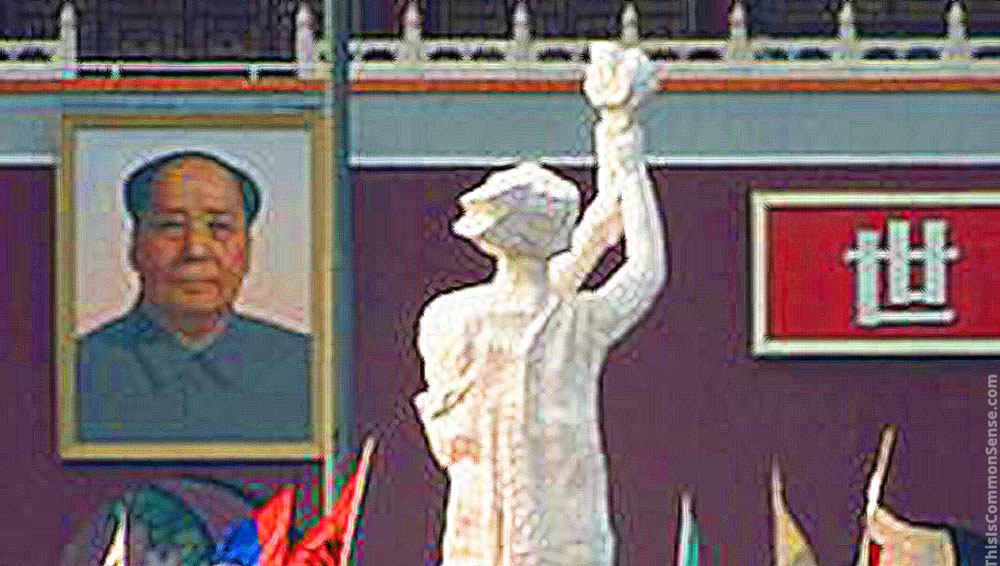Will truth ever be bought-off or beaten-down enough to satisfy Chinese President Xi Jinping and the Butchers of Beijing?
The ‘Butchers’ nickname came 32 years ago today — from the clearing of Tiananmen Square by soldiers and tanks in the early morning hours of June 4th, and in opening fire on and murdering thousands of Chinese citizens outside the square.
Someone may object that Xi, the General Secretary of the Chinese Communist Party (CCP) since 2012, can’t be blamed. He wasn’t in charge back in 1989.
Xi didn’t give the order for troops to kill the unarmed students and workers who filled Tiananmen Square for weeks with as many as a million people protesting for freedom and democracy. Nor did he have thousands more arrested and imprisoned after the massacre. In fact, Xi’s father “condemned the use of force against protesters during the 1989 Tiananmen Square protests,” informs U.S. News.
But Xi cannot escape the taint of Tiananmen. Not only does Human Rights Watch charge that government repression under his unlimited rule is “at its worst level since the Tiananmen Square massacre,” Xi and today’s CCP are on a mission to memory-hole Tiananmen.
How?
By massacring any public memorial of the massacre.
While the truth about Tiananmen has always been verboten in China, freer folks in Hong Kong held massive memorials each year. “Last year’s vigil was banned for the first time because of the coronavirus,” Yahoo News explains, “but thousands defied police and rallied anyway.”
This year, however, the new national security law threatens five years in prison for attending an unauthorized rally. Chanting “Democracy for China!” could land a Hongkonger in prison for life.*
Thankfully, in America today we have the freedom to condemn the Chinazis.
And remember June 4.
This is Common Sense. I’m Paul Jacob.
* And it has already begun: “Hong Kong cracks down on Tiananmen commemorations, arrests vigil organiser.”
—
See all recent commentary
(simplified and organized)


